Embarking on your knitting or crochet journey is an exciting adventure, and having the right tools can make all the difference. In this comprehensive guide, we’ll explore the must-have essential knitting and crochet tools that every beginner should have in their crafting arsenal. From needles to stitch markers, we’ll cover it all and provide valuable insights on how to use these tools effectively to enhance your crafting experience.
Building the Foundation: Essential Knitting Tools for Beginners
Starting your knitting journey requires a few fundamental tools. Let’s dive into the essentials that will set you up for success:
Knitting Needles: The Backbone of Your Craft
Yarn: The Heart of Your Creation
Exploring Various Yarn Weights and Fibers:
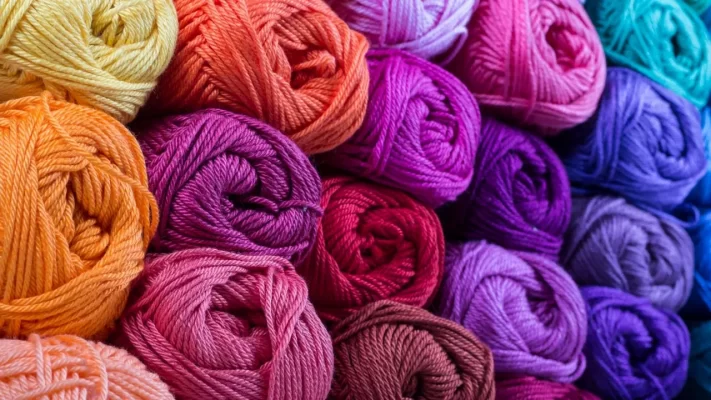 Yarn comes in an array of weights, ranging from lace and fingering to bulky and super bulky and an even wider array of fibers and blends. Each weight lends itself to specific types of projects. Laceweight yarn is delicate and suitable for intricate shawls, while bulky yarn creates cozy blankets and scarves. The fiber content of the yarn, such as wool, cotton, alpaca, or blends is also very important for a variety of reasons including allergens, weather, laundry needs and aesthetics. Understanding the characteristics of different fibers will help you choose the right yarn for your project’s function and aesthetic.
Yarn comes in an array of weights, ranging from lace and fingering to bulky and super bulky and an even wider array of fibers and blends. Each weight lends itself to specific types of projects. Laceweight yarn is delicate and suitable for intricate shawls, while bulky yarn creates cozy blankets and scarves. The fiber content of the yarn, such as wool, cotton, alpaca, or blends is also very important for a variety of reasons including allergens, weather, laundry needs and aesthetics. Understanding the characteristics of different fibers will help you choose the right yarn for your project’s function and aesthetic.
Tips on Selecting the Perfect Yarn for Your Skill Level:
For beginners, starting with a medium-weight yarn (worsted) in a light color allows for better visibility of stitches. As you advance, feel free to experiment with different textures and fibers. Consider the ease of working with yarn; smooth yarns are often more forgiving for beginners, while textured or fuzzy yarns can add unique flair to more advanced projects. Don’t hesitate to consult with experienced knitters or yarn shop staff for recommendations based on your skill level and the project at hand.
Some of my Favorite Yarn Shops:
Measuring Tape: Precision in Every Stitch
The Importance of Accurate Measurements in Knitting:
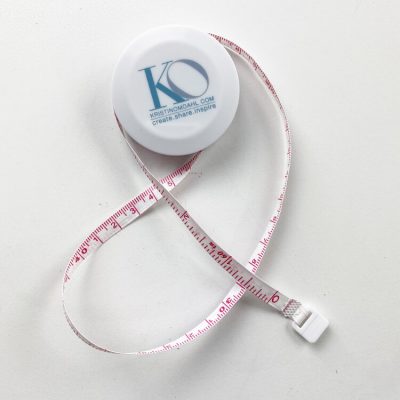 Accurate measurements are the key to a well-fitting and professionally finished knit item. Whether you’re making a sweater, hat, or blanket, knowing the dimensions ensures your project matches the intended size. Measure yourself or the recipient if applicable, and refer to the pattern’s sizing chart. Taking the time to measure accurately at the beginning can save you from disappointment and adjustments later in the process.
Accurate measurements are the key to a well-fitting and professionally finished knit item. Whether you’re making a sweater, hat, or blanket, knowing the dimensions ensures your project matches the intended size. Measure yourself or the recipient if applicable, and refer to the pattern’s sizing chart. Taking the time to measure accurately at the beginning can save you from disappointment and adjustments later in the process.
How to Use a Measuring Tape Effectively in Your Projects:
In knitting, the measuring tape is not only a tool for determining the size of your finished item but also for checking your progress as you work. Measure your gauge swatch to ensure it aligns with the pattern’s specifications, especially if you’re substituting yarn or needles. Use the measuring tape to mark intervals in your project, confirming that you’re maintaining consistent sizing throughout. This precision ensures that your stitches are even, and your finished piece meets your expectations. For best results, blog your swatch so you know how the finished piece will react to water when it is later laundered after use.
Explore My Favorite Beginner-Friendly Knitting Needle Sets
Discover my favorite sets of high-quality knitting needles, perfect for beginners. Each set comes with a variety of needle sizes and styles to accommodate different projects and preferences.
- 16 in circular knitting needles for hats and sleeves
- double pointed knitting needles for hats, sleeves and socks
- 32 in circular knitting needles for garments and shawls
- 40 in circular knitting needles (for large projects and magic loop technique)
- straight knitting needles for scarves, swatching and other accessories
Crochet Essentials: Tools to Kickstart Your Crochet Adventure
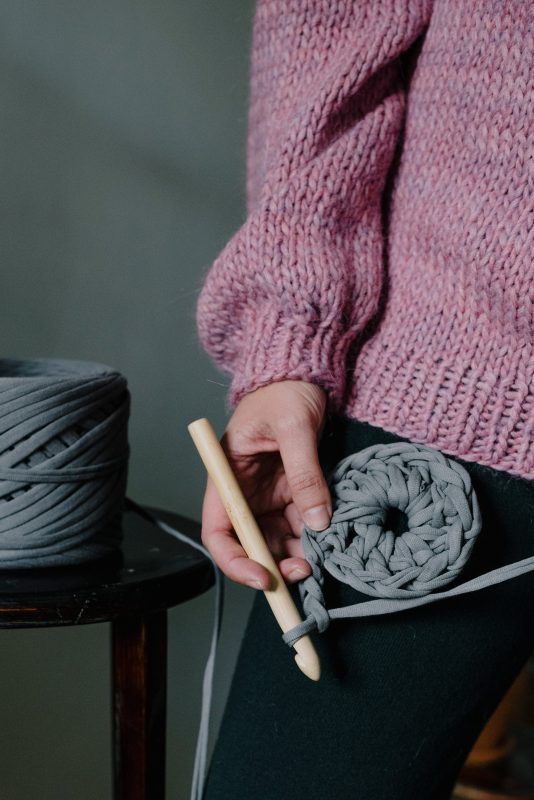
For those venturing into the world of crochet, having the right tools is equally crucial. Let’s explore the essentials:
Crochet Hooks: Your Magic Wands
A crochet hook might seem like a simple tool, but understanding its anatomy is crucial for smooth and enjoyable crocheting. A standard crochet hook consists of a handle, shaft, throat, and head. The handle provides a comfortable grip, the shaft is the elongated body where stitches are worked, the throat determines the size of the loop, and the head helps in catching and pulling the yarn through loops. Familiarizing yourself with these components allows for a more intuitive and controlled crochet technique.
Choosing the Right Hook Size for Your Yarn:
Selecting the appropriate crochet hook size is vital for achieving the desired tension and drape in your crochet projects. Yarn labels typically recommend a range of hook sizes suitable for that particular yarn. Experimenting with different hook sizes on a small swatch can help you find the right combination for your chosen yarn. Keep in mind that smaller hooks produce tighter stitches, while larger hooks create looser and more openwork designs. And always remember that the yarn label provides hook sizes as a suggestion for a starting point – your tension has a big impact on which hook size is best for your project. And always block your swatch before measuring as yarn can be greatly affected by water. And as you launder your finished item, you want to ensure it maintains a proper fit.
Stitch Markers: Keeping Track of Your Progress:
The Role of Stitch Markers in Crochet:
Stitch markers are indispensable tools that help crocheters keep track of specific points in their work. They are especially valuable in intricate patterns, helping mark the beginning of rounds, stitch repeats, or points where increases or decreases should occur. By using stitch markers strategically, you can enhance your efficiency and accuracy in following crochet patterns.
Creative Ways to Use Stitch Markers for Different Patterns:
Stitch markers are not just functional; they can also be a creative asset in your crochet toolkit. In addition to marking key points, consider using different colored markers to denote various stitch types or pattern changes. For more complex projects like blankets or garments, place removable markers at regular intervals to break down the pattern into manageable sections. This not only aids in keeping track but also adds a visual element to your crochet process.
Note: removable stitch markers are necessary for all crochet projects but you can use closed ring or locking (removable) stitch markers for knitting projects.
Browse my favorite stitch marker and yarn needle set for both knitting and crochet here.
Yarn Needle: Finishing Touches:
How to Weave in Ends Seamlessly with a Yarn Needle:
Once your crochet project is complete, it’s time for the finishing touches, and a yarn needle is essential for seamlessly weaving in ends. Thread the yarn tail through the eye of the needle and weave it back and forth through the stitches on the wrong side of your work. This ensures a secure and hidden finish, preventing your hard work from unraveling. Taking the time to weave in ends properly contributes to the overall polished look of your crochet creations.
Choosing the Right Yarn Needle for Different Yarn Types:
Yarn needles come in various sizes and materials, and choosing the right one depends on the yarn you’ve used. For thicker yarns, opt for a larger needle with a blunt tip to easily maneuver through the stitches. Fine or delicate yarns may require a smaller, more slender needle to avoid stretching or damaging the fibers. Consider investing in a set of assorted yarn needles to cover a range of projects and yarn types, ensuring you always have the perfect tool for the job at hand. The size of the eye of the yarn needle is also important depending on the thickness of your yarn.
Browse My Favorite Crochet Hook Sets
Elevate your crochet experience with high quality and affordable sets of crochet hooks. Designed for comfort and durability, these sets are perfect for beginners looking to enhance their crafting journey.
My favorite beginner friendly crochet hook set
My favorite tunisian crochet hook set
Putting it All Together: Tips for a Seamless Crafting Experience
Now that you have your essential tools, let’s explore how to use them effectively for a seamless and enjoyable crafting experience:
- Organizing Your Tools: A Neat Workspace, A Clear MindTips for Organizing Your Knitting and Crochet Tools:An organized workspace not only makes crafting more enjoyable but also enhances productivity. Here are some practical tips for keeping your knitting and crochet tools in order:
- Tool Storage Solutions:
- Invest in storage containers, baskets, or organizers to keep your tools easily accessible.
- Consider transparent containers or labeled pouches for quick identification of tools.
- Browse some of my favorite craft organization tools here
- Categorize Your Tools:
- Group similar tools together, such as keeping all needles in one place and yarn in another.
- Use separate containers for small notions like stitch markers, measuring tapes, and yarn needles.
- Make a knit and crochet craft organization binder.
- Browse my organization planner printable kits here
- Create a Portable Toolkit:
- Assemble a portable toolkit for crafting on the go.
- Include essential tools like a small pair of scissors, tape measure, and a selection of commonly used needles and hooks.
- Tool Storage Solutions:

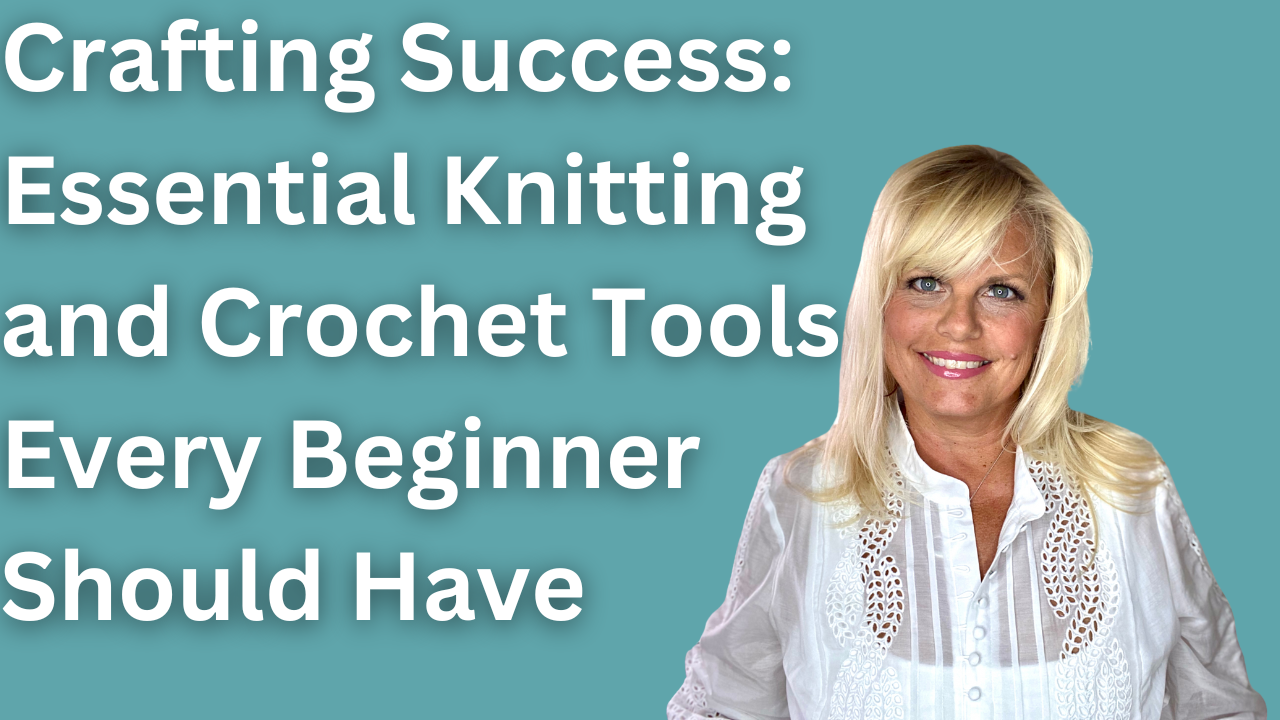
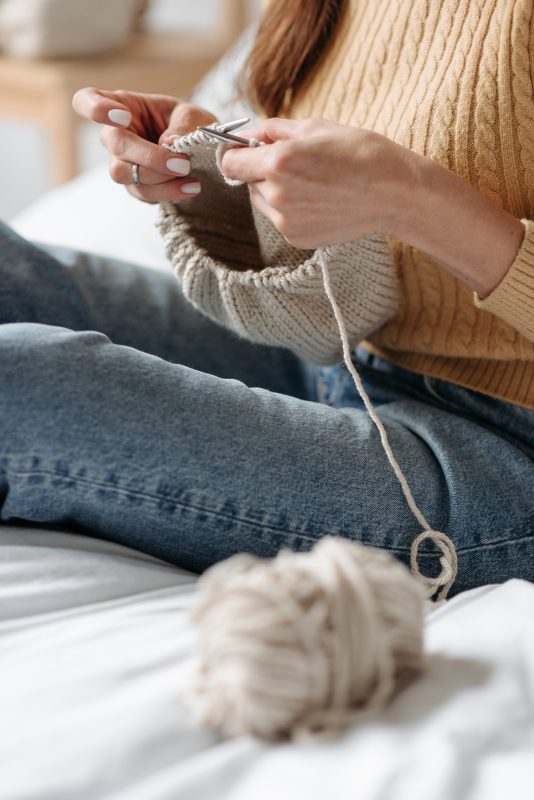
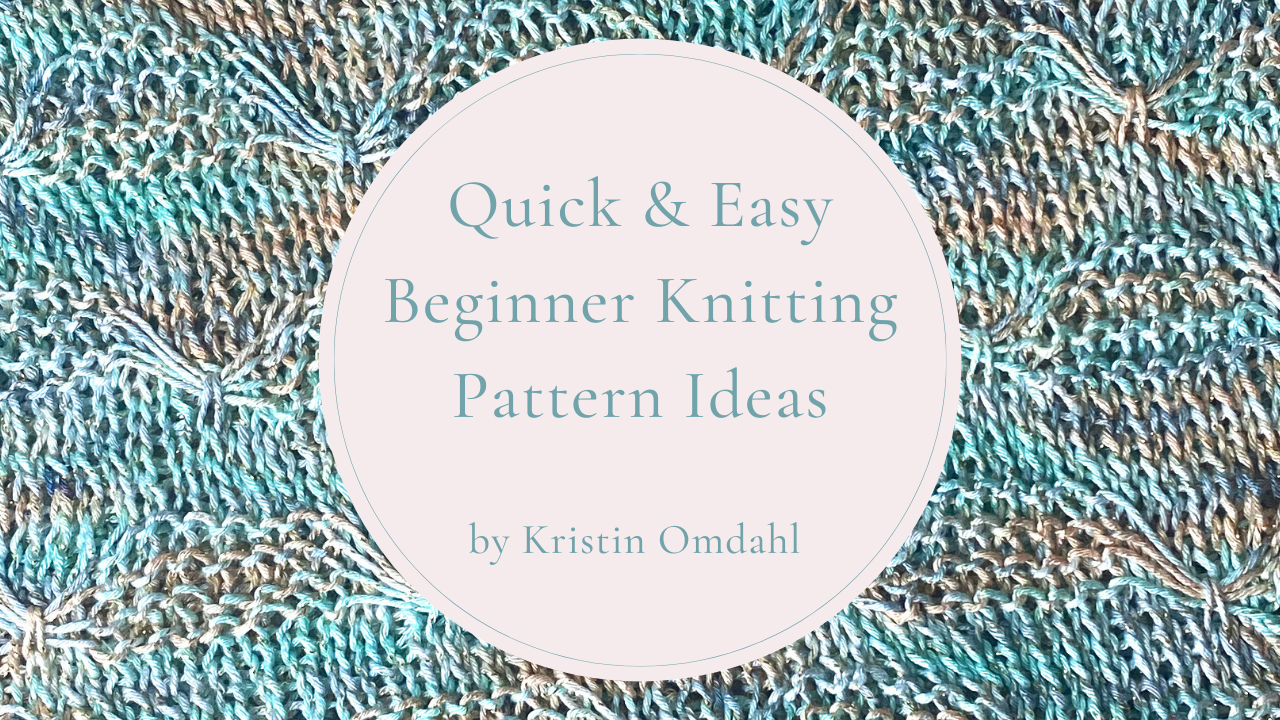
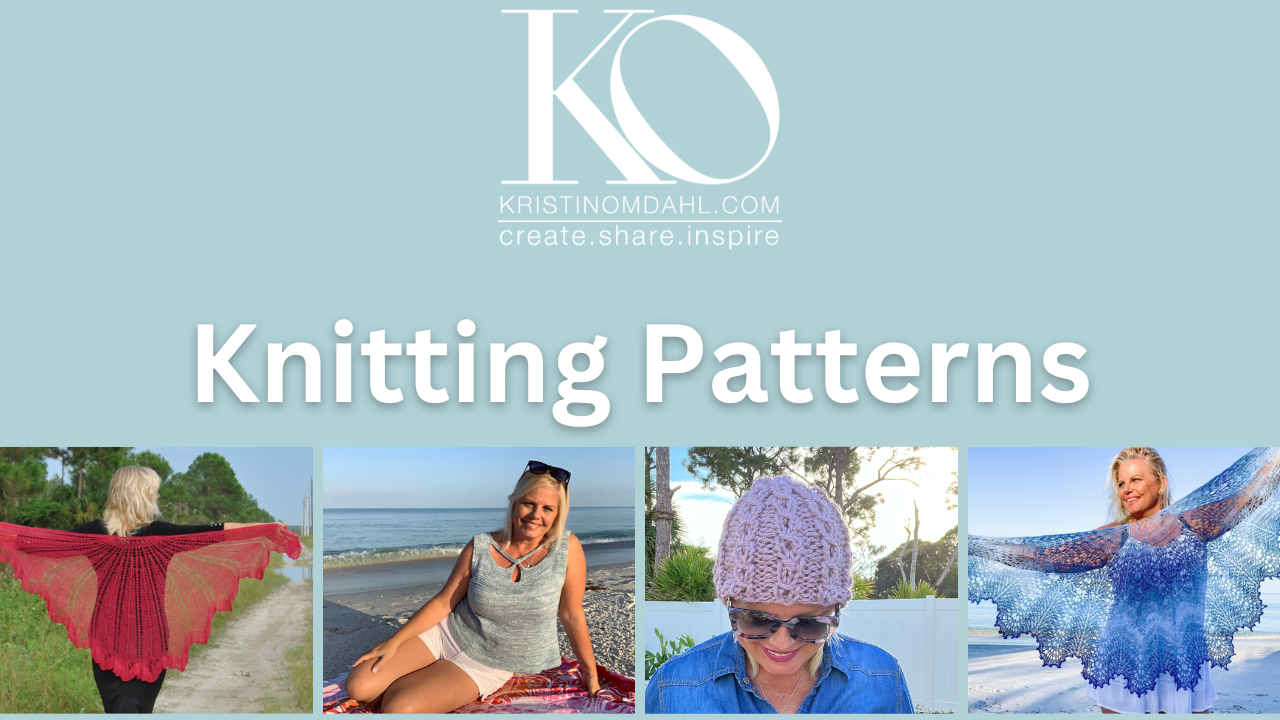


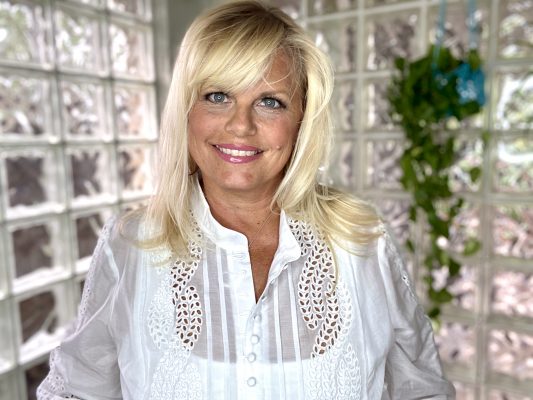 Kristin Omdahl patterns, books, handouts and videos are for your personal use only; additionally, up to 10 items can be made to sell from one design. Commercially produced products made from my instructions are prohibited. All Kristin Omdahl patterns, books, handouts and videos are licensed for single use and remain the intellectual property of Kristin Omdahl. This pattern may not be reproduced or transmitted in any form or by any means, electronic, mechanical, photocopying, recording or otherwise.
Kristin Omdahl patterns, books, handouts and videos are for your personal use only; additionally, up to 10 items can be made to sell from one design. Commercially produced products made from my instructions are prohibited. All Kristin Omdahl patterns, books, handouts and videos are licensed for single use and remain the intellectual property of Kristin Omdahl. This pattern may not be reproduced or transmitted in any form or by any means, electronic, mechanical, photocopying, recording or otherwise.